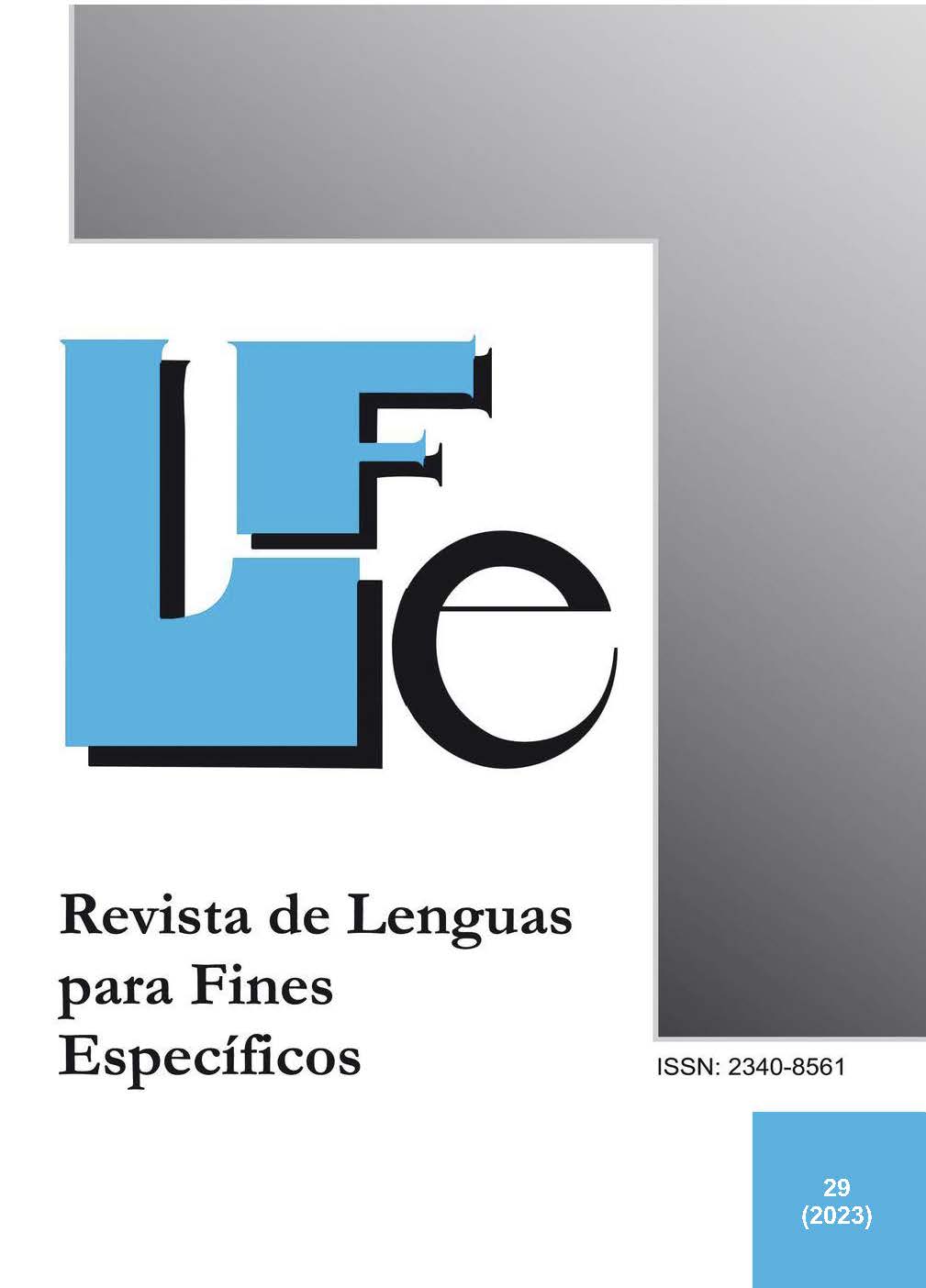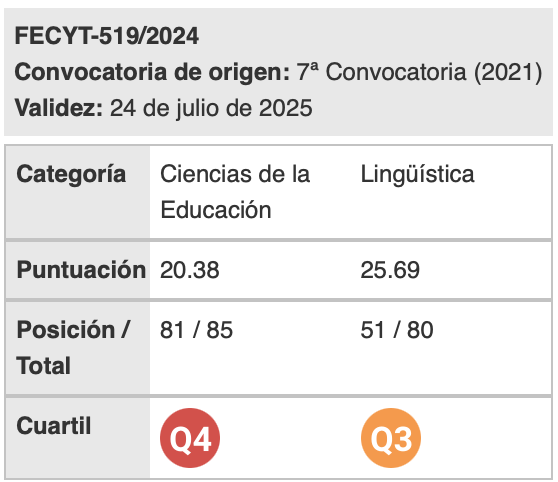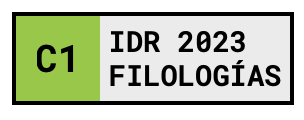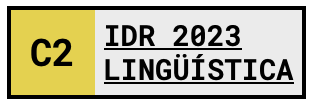The design of foreign-language learning activities: from the initial sketch to the classroom
Keywords:
foreign language teaching and learning, learning activities, adaptation, materials developmentAbstract
Foreign language learning activities constitute a part of a teaching unit especially designed for a specific context and their design involves a production cycle spanning from the identification of a need to the evaluation of the materials. This paper analyses the adaptations carried out in three samples of materials, each one with a specific focus: the development of language awareness, oral production, and the learning of new language items. The analysis of the materials under development and the comparison with their underlying theoretical background allowed the verification of the coherence between the activity’s purpose and its design so that feedback can be provided with a view to improving them. Awareness of the relevance of the theoretical and pedagogic backgrounds that support the design of the activities results in greater efficacy and, ultimately, in in a positive impact on learning.
Downloads
References
Abad Castelló, M., & Álvarez Baz, A. 2021. Aprendizaje basado en datos en español como lengua extranjera: ampliando el ámbito. Revista Internacional de Lenguas Extranjeras= International Journal of Foreign Languages 16: 1-20. DOI: 10.17345/rile16.3262.
Consejo de Europa. 2002. Marco común europeo de referencia para las lenguas. Madrid: Anaya.
Cordier-Gauthier C. 2002. Les éléments constitutifs du discours du manuel. Ela. Études de linguistique appliquée 125: 25-36. DOI 10.3917/ela.125.0025.
Díaz Barriga, A. 2013. Guía para la elaboración de una secuencia didáctica. Comunidad de conocimiento, Universidad Nacional Autónoma de México. <http://www.setse.org.mx/ReformaEducativa/Rumbo%20a%20la%20Primera%20Evaluaci%C3%B3n/Factores%20de%20Evaluaci%C3%B3n/Pr%C3%A1ctica%20Profesional/Gu%C3%ADa-secuencias-didacticas_Angel%20D%C3%ADaz.pdf> (acceso: 7 de diciembre de 2021)
Ellis, R. 2003. Task-based Language Learning and Teaching. Oxford: OUP.
Estaire, S. y J. Zanón. 1994. Planning classwork: A task-based approach. Oxford: Macmillan.
Harmer, J. 2017. The practice of English Language Teaching. 5th Edition. Harlow: Longman.
Hedge, T. 2000. Teaching and Learning in the Language Classroom. Oxford: Oxford University Press.
Jolly, D. y R. Bolitho. 2011. A framework for materials writing. En B. Tomlinson ed. Materials development in language teaching. 2º ed. Cambridge: CUP, 107-134.
McDonough, J., C. Shaw, y H. Masuhara. 2013. Materials and Methods in ELT: A Teacher's Guide. 3º ed. London: Blackwell.
McGrath, I. 2002. Materials evaluation and design for language teaching. Edinburgh: Edinburgh University Press.
Pastor Cesteros, S. 2004. El papel de la reflexión metalingüística en la adquisición de la gramática de E/LE. En M. A. Castillo Carballo, O. Cruz Moya, J. M. García Platero y J. P. Mora Gutiérrez coord. Las gramáticas y los diccionarios en la enseñanza del español como segunda lengua: deseo y realidad. Actas del XV congreso internacional de ASELE, Sevilla, 2004. Sevilla: Universidad de Sevilla, 638-645.
Rathert, S. y N. Cabaroğlu. 2022. Theorising Textbook Adaptation in English Language Teaching. c e p s Journal 12(2): 169-188. doi: 10.26529/cepsj.12.
Richards, J. C. y R. Schmidt. 2010. Longman dictionary of language teaching and applied linguistics. 4º ed. Harlow: Pearson Education.
Samuda, V. 2005. Expertise in pedagogic task design. En K. Johnson ed. Expertise in second language learning and teaching. London: Palgrave Macmillan, 230-254.
Tomlinson, B. y H. Masuhara. 2018. The complete guide to the theory and practice of materials development for language. Hoboken, NJ: John Wiley & Sons, Inc.
Downloads
Published
How to Cite
Issue
Section
License
Authors who publish with this journal agree to the following terms:
- Authors retain copyright and grant the journal right of first publication with the work simultaneously licensed under a Creative Commons Attribution License that allows others to share the work with an acknowledgement of the work's authorship and initial publication in this journal.
- Authors are able to enter into separate, additional contractual arrangements for the non-exclusive distribution of the journal's published version of the work (e.g., post it to an institutional repository or publish it in a book), with an acknowledgement of its initial publication in this journal.
- Authors are permitted and encouraged to post their work online (e.g., in institutional repositories or on their website) prior to and during the submission process, as it can lead to productive exchanges, as well as earlier and greater citation of published work (See The Effect of Open Access).

Revista de Lenguas para fines específicos is licensed under a Creative Commons Reconocimiento-NoComercial-SinObraDerivada 4.0 Internacional License.

























